Many people place a large focus on the importance of cholesterol levels, but what about the HDL’s, LDL’s and Triglycerides on your blood tests? Let’s have a look at each of them a little closer and learn why they matter.
Difference between triglycerides and cholesterol
Triglycerides and cholesterol are both lipids (fats). They both circulate in the blood stream – ie, they are fats in your blood, carried through the blood vessels by carriers called lipoproteins. High levels of either can cause heart and circulatory problems. The difference between the two is in the structure- I won’t pain you with the breakdown of Carbons and Hydrogen’s of each fat, however it is those elements that determine the different ways each lipid will perform inside your body – whether they will be pro or anti inflammatory.
Triglyceride Structure- what is a Triglyceride?
The liver builds triglycerides from the breakdown of foods you eat. It’s the raw elements of glucose and fatty acids (fats) within the foods you eat that build an individual glucose molecule into a chain (called a glycerol). Three fatty acids (fats) attach to the glycerol base- this structure is now termed a Tri – glyceride – Simple!
Triglyceride metabolism
The triglycerides, can be stored in the liver (nobody wants a fatty liver) or sent to the rest of the body to be stored intramuscularly. When the body needs energy, it breaks apart the fatty acids from the glycerol base and the fatty acids and glucose then enter the mitochondria inside the cells of the muscles to produce energy. Any excess free fatty acids enter the blood stream and return to the liver where they are re attached to a glycerol, creating another tri-glyceride before being stored again.
Ingesting an excess of foods that turn into triglycerides within your body – such as grains and sugars, will create excess fat throughout your body and the well documented Fatty Liver. Excess blood levels of triglycerides are also known as hyper triglyceridemia, and contribute to atherosclerosis and coronary artery disease. Higher levels of triglycerides induce inflammation in the body and can indicate poorly controlled Type 2 Diabetes, hypothyroidism, liver disease and kidney disease. At normal levels triglycerides are important in the production of energy for most cells in the body.
Cholesterol functions
- Cholesterol helps build sex hormones such as Testosterone, Progesterone and Oestrogen.
- Cholesterol is a part of every cells membrane.
- Cholesterol also helps produce the adrenaline and stress hormone Cortisol in both men and women.
- Cholesterol produces vitamin D when skin is exposed to sunlight. Vitamin D is required for calcium absorption for strong bones and increases immunity. Vitamin D deficiency may also be linked to a higher risk of cancer.
The liver also produces bile acids from Cholesterol to be stored in the Gallbladder. Bile acids break down oils and fats that you eat- assisting to reduce fats within your blood and liver. Bile is also used to help digest fats and absorb fat soluble vitamins such as Vitamin A, D, E and K .
The Liver produces 2 grams of cholesterol per day, making up about 85% of blood cholesterol levels. The other 15% comes from a person’s diet. Most cholesterol from diet comes from oils and fats in foods. Your liver is the vital organ within the whole process of cholesterol, hormone and bile production and the breakdown of fatty acids. If your liver is not clean and free of fat build up, your body will not eliminate toxins, filter blood or produce the enzymes required to function properly.
There are two Types of Cholesterol:
Low density lipoproteins (LDL) cholesterol– it is called the “bad” cholesterol when its level in the blood stream is high because it is the fat that sticks to the walls of your arteries (leading to atherosclerosis). Your liver makes LDL cholesterol when you eat grains- so if you are looking to reduce your LDL cholesterol, totally eliminating grains from your diet for a while is a great idea.
High density Lipoproteins (HDL) cholesterol- is called the “good” cholesterol because it helps transport fats from the walls of your arteries and back to the liver to be processed. HDL’s are formed by eating Omega 3 fats. You will find these fats in Mackerel, Salmon, Tuna, flax seeds, chia seeds, walnuts and hemp seeds. The Ratio of Omega 3:6 should be 1:1 most people are consuming a ration of 1:15 Fish sources are your best sources of Omega 3 fats because the body needs to convert the Omega 3’s into EPA & DHA – this conversion is best done from fish sources as the body only partially converts Omega 3 fats from vegetarian sources.
If you have elevated cholesterol, try these tips to naturally lower it.
See Dr Cabot’s book- Cholesterol The Real Truth.



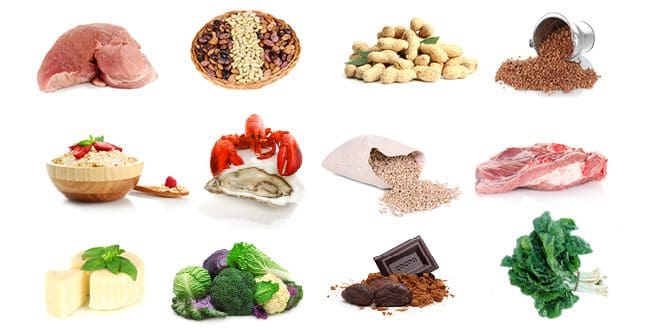
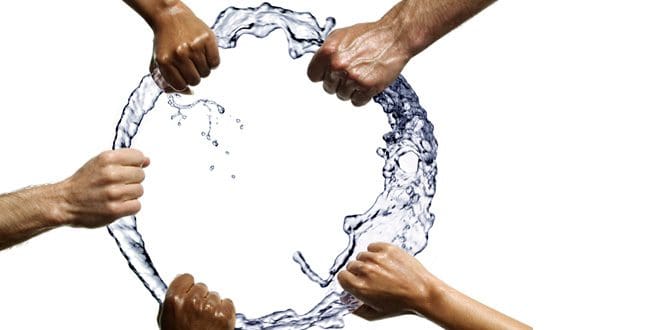
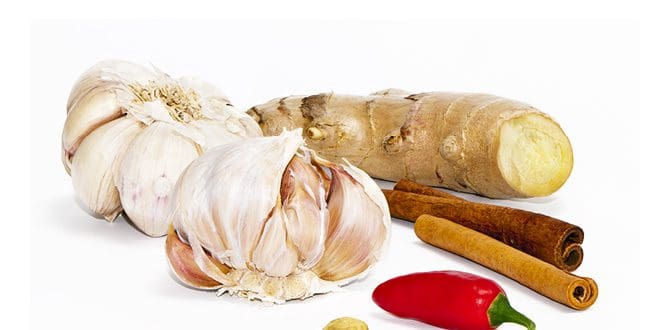
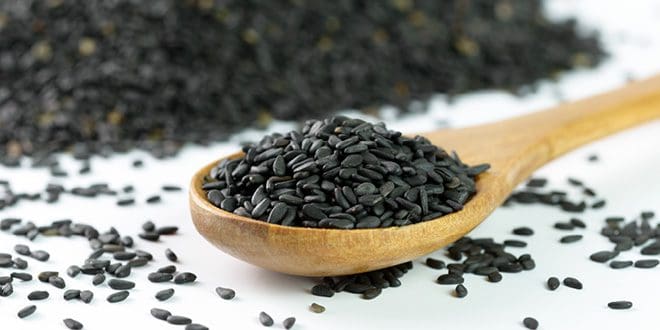
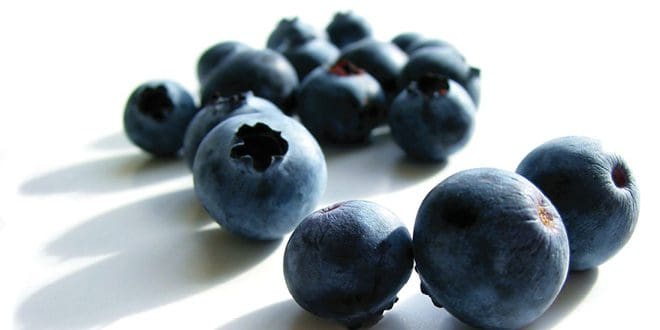
Leave A Comment